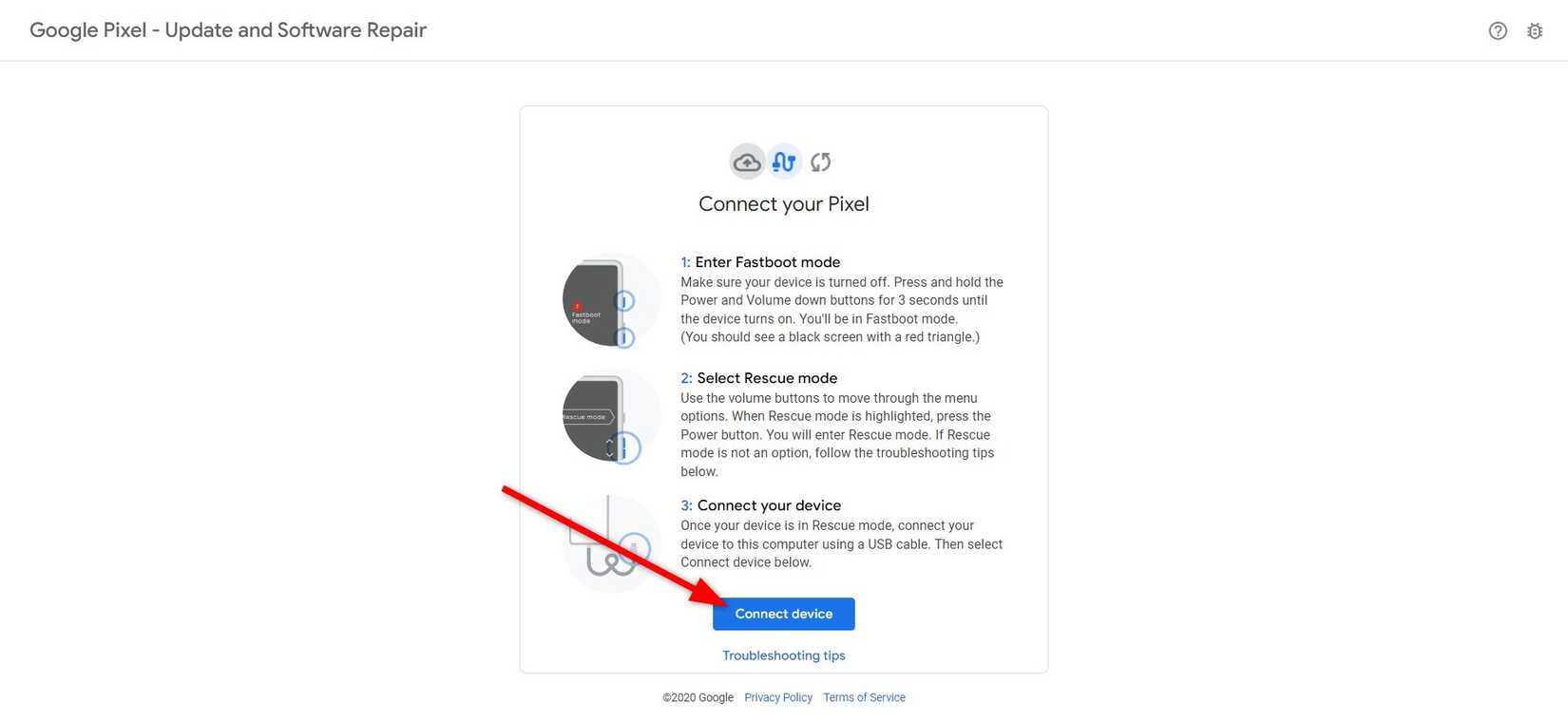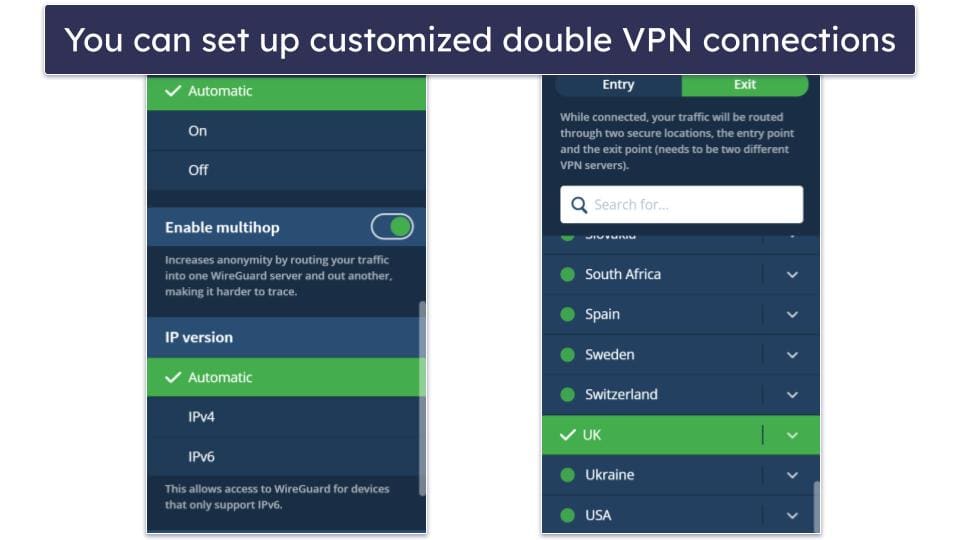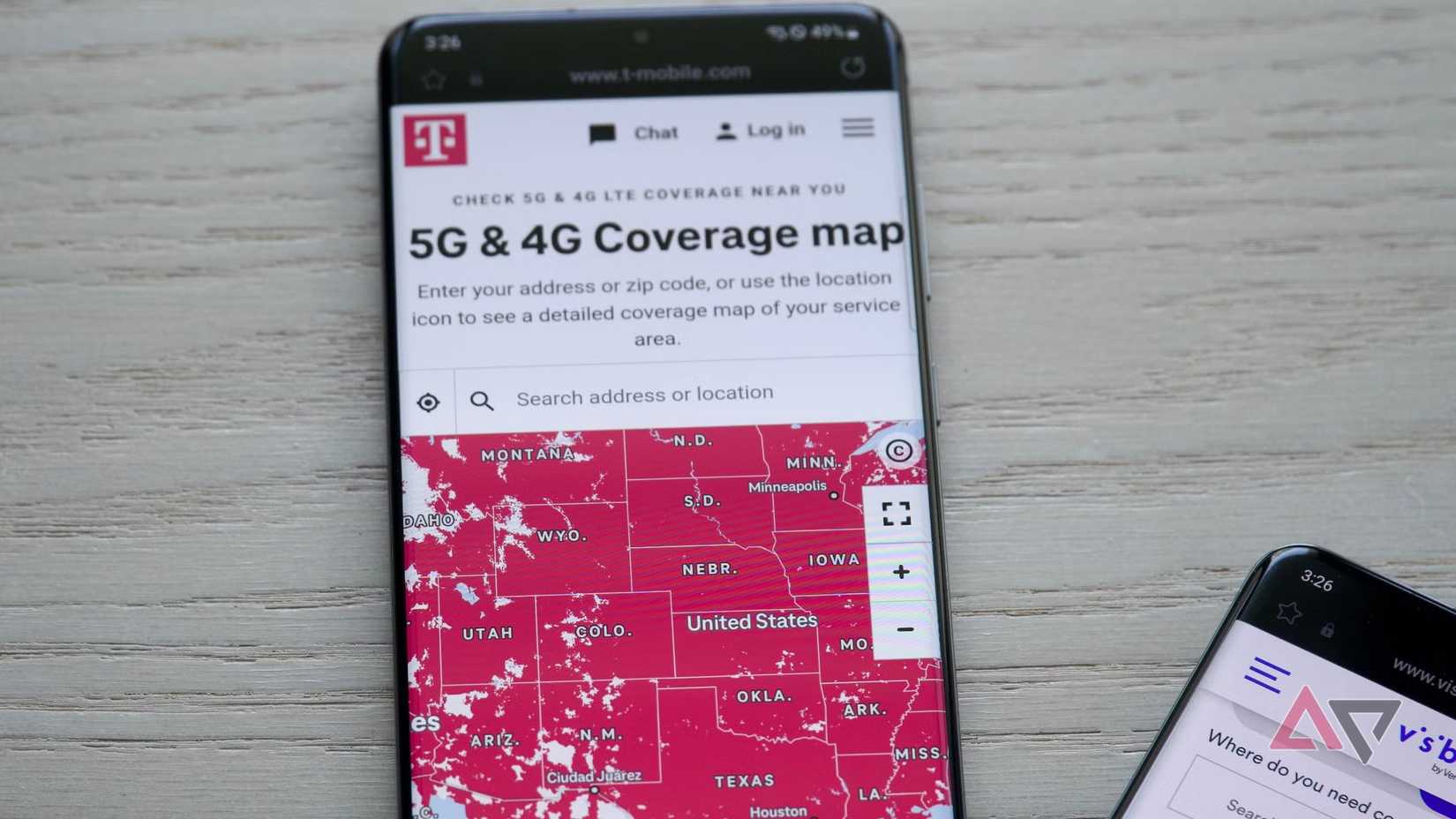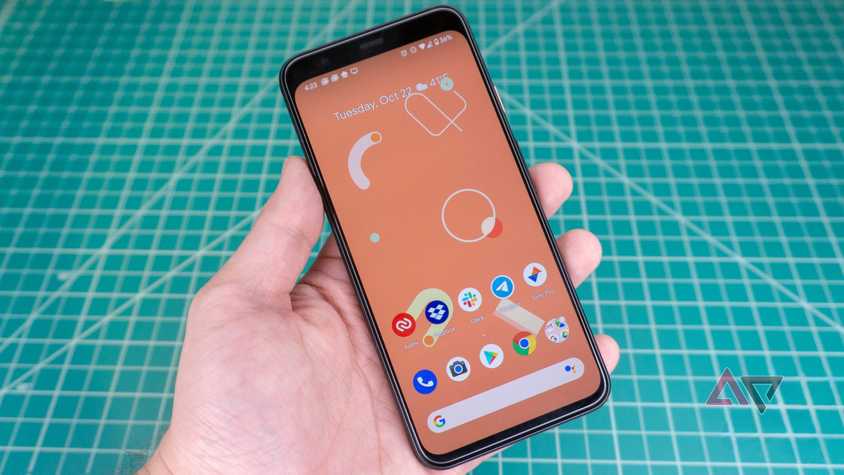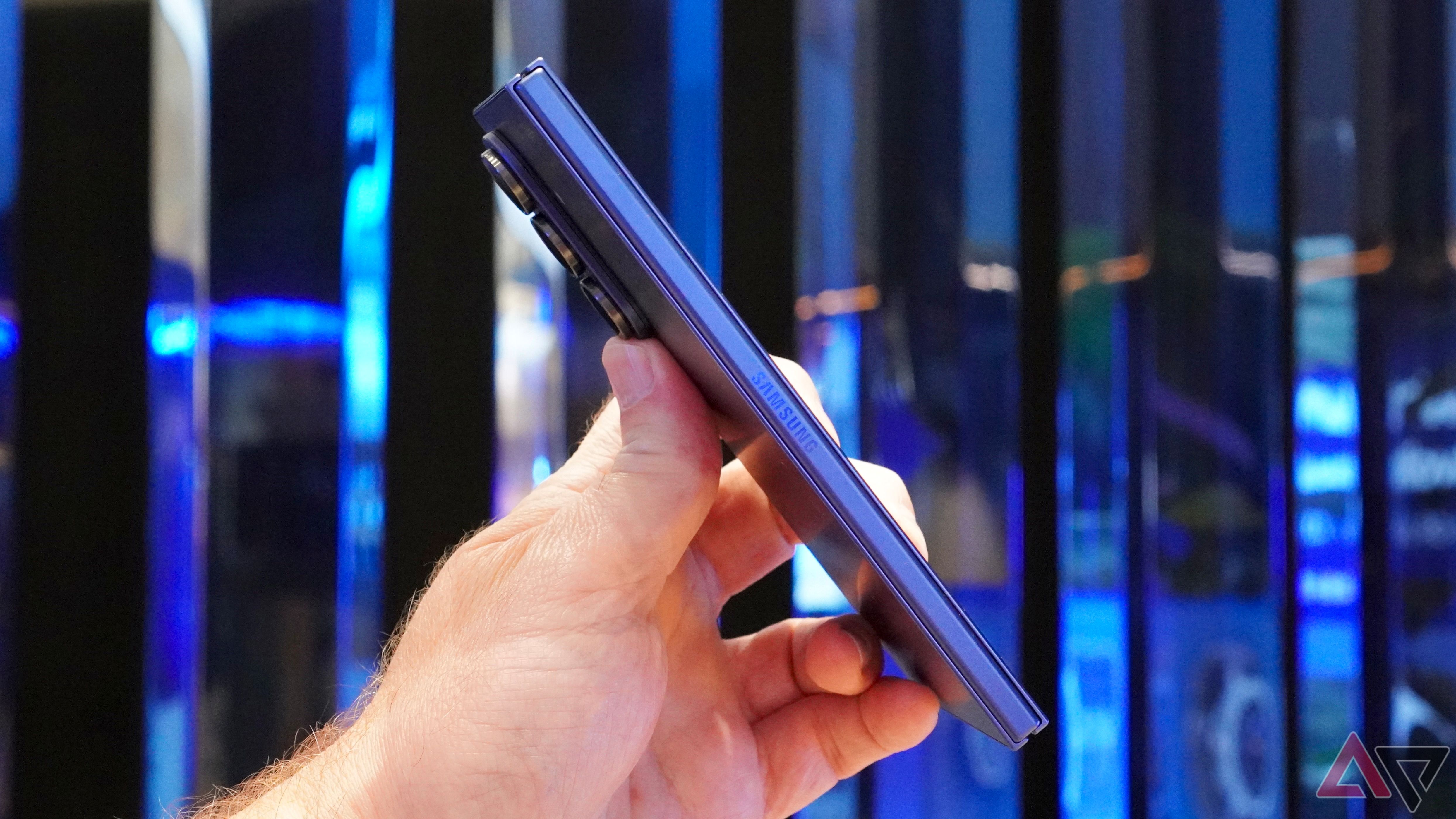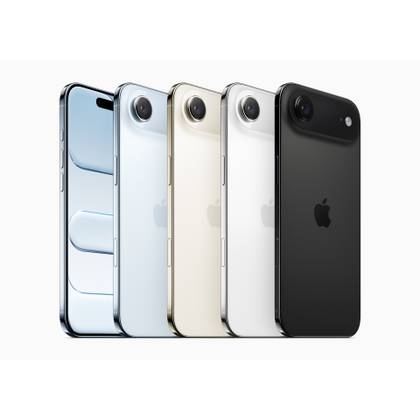The Samsung Galaxy Z Fold 7 brings noteworthy upgrades over last year’s Z Fold 6. Samsung fine-tuned almost every part of its flagship to stay ahead of other foldable phones.
However, one key feature is noticeably absent this year. Something that could be a deal-breaker, depending on how you use your phone.
In this breakdown, we’ll cover what’s new, what’s gone, and whether the Z Fold 7 is worth the upgrade.
Galaxy Z Fold 7 is lighter than ever and easier to carry
The Galaxy Z Fold 7 finally feels like something you can carry around. It’s lighter and slimmer, making it the most comfortable Fold Samsung’s ever made.
For the first time, it feels like a regular phone when closed. It’s easy to slip into your pocket and comfortable to hold.
Z Fold 7 is 8.9 mm thick when folded, and weighs 215 grams, down from the Fold 6’s chunkier 12.1 mm and 239 grams.
To put it in perspective, it’s even lighter than the Samsung Galaxy S25 Ultra. That says a lot about how much Samsung refined the design.
The front screen now feels like a normal smartphone
The wider cover screen is one of the first things you’ll notice about the Galaxy Z Fold 7. It’s now a 6.5-inch Dynamic AMOLED panel with a 21:9 aspect ratio, and the device is about 5mm wider than the Fold 6.
That might not sound like a big change on paper, but it makes a difference in daily use.
Typing, scrolling, and messaging feel more natural and less cramped when the phone is closed. If you ever felt the Fold 6’s cover screen was too narrow, this fix will be a welcome change.
When you open it up, the experience gets better. The main display is now 8 inches, about 11% larger than Z Fold 6. This extra space makes multitasking, watching videos, and staying productive easier, all in a form factor that’s comfortable to hold.
The Z Fold 7 finally gets a flagship-worthy camera upgrade
Camera performance has been a weak point in the Fold series, and the Galaxy Z Fold 6 was no exception. It reused hardware from earlier generations.
On the back, the Fold 6 has a 50MP wide camera (f/1.8, OIS), a 12MP ultra-wide (f/2.2), and a 10MP telephoto lens (3× optical zoom, OIS).
On the front, it has a 10MP selfie camera on the cover screen and a 4MP under-display camera (UDC).
While this setup did the job, it struggled with low-light shots and zoom detail, leaning heavily on computational photography to compensate for aging sensors.
The Samsung Galaxy Fold 7 brings its camera game closer to flagship standards. The biggest leap is the new 200MP primary rear camera.
This sensor captures more detail, especially in well-lit environments. Low-light photography also sees improvements. Night shots look sharper thanks to the larger sensor and Samsung’s new ProVisual Engine.
The 10MP telephoto lens continues with 3× optical zoom. It is reliable at 3× but soft beyond that.
Front-facing cameras received attention. Samsung upgraded the under-display camera from 4MP to 10MP, giving users crisper video calls and selfies when using the main screen.
AI tools now take full advantage of the large screen
Samsung is stepping up its AI game with the Galaxy Z Fold 7, building on the Galaxy AI foundation laid by the Z Fold 6.
Last year’s model introduced tools like Photo Assist, on-device text extraction, and Circle to Search. This year, the Z Fold 7 takes things further with tighter integration of Google’s Gemini and better optimization for a big-screen experience on One UI 8.
The new AI Results View also takes advantage of the Fold 7’s large display, allowing AI-generated answers to appear in Split View or Floating View, so your main content stays visible.
Samsung improved multitasking. You can now drag and drop AI-generated content within Multi Window, speeding up workflows without interrupting your flow.
Snapdragon 8 Elite brings a serious performance boost
The Galaxy Z Fold 7 gets a performance boost with the Snapdragon 8 Elite under the hood. This is the same flagship chip powering the Galaxy S25 series.
It’s designed to handle everything from intensive gaming to demanding AI tasks, thanks to Qualcomm’s custom Oryon cores and next-gen architecture. Samsung claims this processor has a 38% boost in CPU speed, 26% smoother graphics, and 41% faster AI performance than the Galaxy Z Fold 6.
Paired with 12GB of RAM, the Fold 7 delivers smooth app launches. For those who need more headroom, Samsung also offers a 16GB RAM option on the 1TB storage variant.
The optimized Vulkan support and real-time ray tracing bring better visuals to the Fold 7.
The Galaxy Z Fold 7 delivers a well-balanced performance package for power users, gamers, or anyone who wants to unlock everything a premium foldable can do.
Galaxy Z Fold 7 is more durable despite its thinner design
Despite the slimmer profile, the Samsung Galaxy Z Fold 7 is sturdier than its predecessor.
The Fold 6 used Gorilla Glass Victus 2 on both the front and back, but the Fold 7 replaces the front cover glass with Gorilla Glass Ceramic 2. This is the same material used on the Galaxy S25 Edge and offers better shock and scratch resistance.
The inner display has been upgraded with 50% thicker Ultra Thin Glass, which reduces the crease and makes the screen more durable.
Most notably, the hinge has been re-engineered into an Armor Flex Hinge, using a new multi-rail structure and improved water droplet mechanism that distributes stress more evenly when the device folds and unfolds.
Thinner design comes with real trade-offs
The Galaxy Z Fold 7 brings some solid upgrades but has a few trade-offs that might not sit well with everyone.
The most controversial change is the complete removal of S Pen support. Unlike the Fold 6, which supported stylus input on the main screen, the Fold 7 drops stylus support entirely.
For longtime Fold users who relied on the S Pen for note-taking, sketching, or precision editing, this could feel like a step backward.
It’s clear that Samsung prioritized the Fold 7’s thinner design, but in doing so, they alienated a portion of their user base.
Beyond that, the Fold 7 comes with a price bump, starting at $2000, up from the Fold 6’s $1900.
While many areas of the phone have evolved, the battery capacity remains stuck at 4,400mAh. For a device with an 8-inch display built for multitasking and content consumption, that’s a tight ceiling.
Some rivals use silicon-carbon batteries for higher capacity per volume, but Samsung still relies on conventional cells.
Scale and safety concerns explain the decision. Samsung ships foldables at higher volumes than most brands, and silicon-carbon batteries remain unproven at scale.
We’ll likely see Samsung adopt this tech in next year’s Galaxy S26 series when it’s more mature and production-ready.
A solid upgrade held back by a key compromise
If you’re considering upgrading from the Galaxy Z Fold 6, it depends on what matters to you.
If you found the cover screen too narrow or weren’t impressed by the camera, the Fold 7 will be an improvement.
But if you use the S Pen or its alternatives daily and your Fold 6 is still running strong, you might want to sit this out.
Samsung Galaxy Z Fold 7
- RAM
-
12GB
- Storage
-
256GB
- Battery
-
4,400mAh
- Operating System
-
One UI 8
- Display type
-
AMOLED, 120Hz



